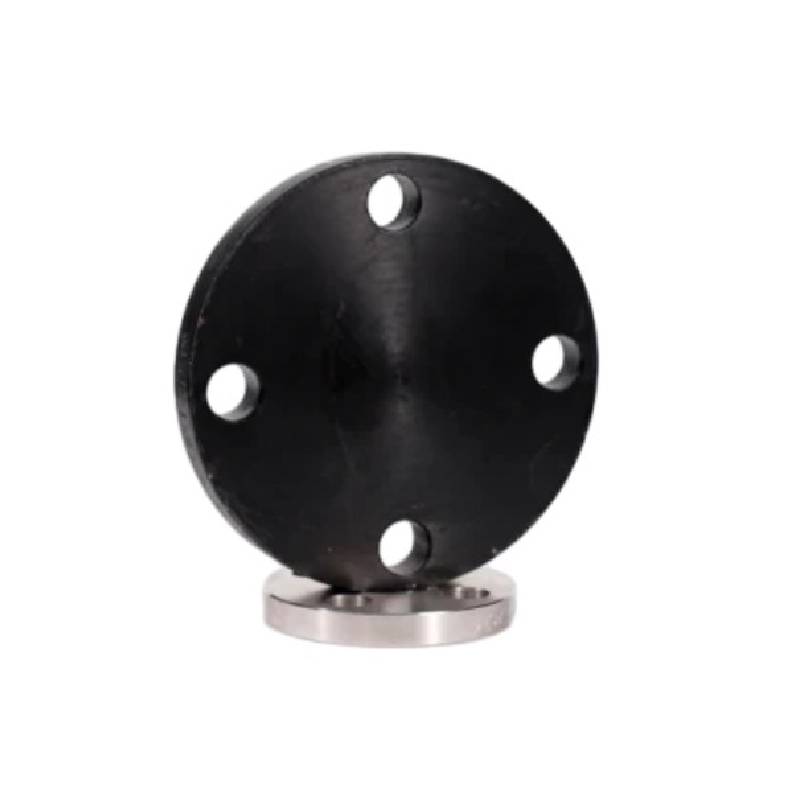-
Cangzhou Yulong Steel Co., Ltd.
-
Phone:
+86 13303177267 -
Email:
admin@ylsteelfittings.com
- English
- Arabic
- Italian
- Spanish
- Portuguese
- German
- kazakh
- Persian
- Greek
- French
- Russian
- Polish
- Thai
- Indonesian
- Vietnamese
- Zulu
- Korean
- Uzbek
- Hindi
- Serbian
- Malay
- Ukrainian
- Gujarati
- Haitian Creole
- hausa
- hawaiian
- Hebrew
- Miao
- Hungarian
- Icelandic
- igbo
- irish
- Japanese
- Javanese
- Kannada
- Khmer
- Rwandese
- Afrikaans
- Albanian
- Amharic
- Armenian
- Azerbaijani
- Basque
- Belarusian
- Bengali
- Bosnian
- Bulgarian
- Catalan
- Cebuano
- China
- China (Taiwan)
- Corsican
- Croatian
- Czech
- Danish
- Esperanto
- Estonian
- Finnish
- Frisian
- Galician
- Georgian
- Kurdish
- Kyrgyz
- Lao
- Latin
- Latvian
- Lithuanian
- Luxembourgish
- Macedonian
- Malgashi
- Malayalam
- Maltese
- Maori
- Marathi
- Mongolian
- Myanmar
- Nepali
- Norwegian
- Norwegian
- Occitan
- Pashto
- Dutch
- Punjabi
- Romanian
- Samoan
- Scottish Gaelic
- Sesotho
- Shona
- Sindhi
- Sinhala
- Slovak
- Slovenian
- Somali
- Sundanese
- Swahili
- Swedish
- Tagalog
- Tajik
- Tamil
- Tatar
- Telugu
- Turkish
- Turkmen
- Urdu
- Uighur
- Welsh
- Bantu
- Yiddish
- Yoruba

Nov . 28, 2024 07:39 Back to list
Exploring ANSI B16.1 Class 125 Standards and Their Applications in Piping Systems
Understanding ANSI B16.1 Class 125 Standards in Flanged Cast Iron Pipe Fittings
In the realm of piping systems, standards play a crucial role in ensuring the safety, reliability, and efficiency of various applications. Among these standards, ANSI B16.1 Class 125 is particularly significant when it comes to flanged cast iron pipe fittings. This standard outlines the specifications, dimensions, and mechanical properties that govern these fittings, ensuring consistency across industries and applications.
What is ANSI B16.1?
ANSI B16.1 is a standard developed by the American National Standards Institute (ANSI) that focuses on cast iron flanged fittings. The B16 series covers various types of piping components including flanges, valves, and fittings, providing guidelines that manufacturers and industries can follow. The 1 indicates that this specific standard deals exclusively with cast iron flanges and fittings.
Class 125 Explained
Class 125 refers to the pressure-temperature rating of the flanged fittings outlined in ANSI B16.1. The term Class serves as a designation of the maximum pressure that a fitting can safely handle at a given temperature. Class 125 fittings are designed for use in systems operating under moderate pressure levels, typically up to 125 psi at ambient temperatures. As the temperature increases, the maximum permissible pressure decreases, so it’s essential for engineers and designers to refer to the applicable pressure-temperature charts.
Key Specifications
The ANSI B16.1 standard provides detailed specifications for various dimensions and tolerances for materials used in construction. Some essential specifications include
1. Dimensions The standard specifies nominal sizes for flanged fittings ranging from 1 inch to 24 inches. Each fitting type, such as elbows, tees, and reducers, has designated dimension tables that outline bolt hole spacing, flange thickness, and facing details.
ansi b16 1 class 125

2. Materials Commonly, Class 125 fittings are made from either cast iron or ductile iron. The standard prescribes specific material grades that ensure durability and mechanical integrity, providing a solid foundation for construction that can endure different types of stresses.
3. Bolt Specifications Recommendations for the dimensions and types of bolts used in conjunction with Class 125 fittings are detailed. This ensures that the fittings can be securely fastened, preventing leaks and ensuring a tight seal in piping systems.
4. Testing and Quality Control To adhere to ANSI B16.1 standards, rigorous testing protocols are in place. These tests measure strength, durability, and corrosion resistance, thereby ensuring that all produced fittings meet the standard's requirements.
Applications
Class 125 flanged cast iron fittings are primarily found in residential, commercial, and industrial applications where non-hazardous liquids and gases are transported. Typical uses include
- Water Supply Systems These fittings are commonly used in municipal water supply lines, ensuring a reliable flow of water. - Heating Systems Many heating systems utilize Class 125 fittings due to their ability to withstand moderate pressures and temperatures. - Wastewater Management In some scenarios, these fittings are employed in the management and transport of wastewater, contributing to effective waste disposal strategies.
Conclusion
In summary, ANSI B16.1 Class 125 represents a vital standard in the design and manufacture of flanged cast iron pipe fittings. By defining specific requirements for these components, ANSI B16.1 ensures that they meet the necessary safety and performance characteristics required in various industries. For engineers and industry professionals, understanding and applying these standards is essential in creating reliable, efficient, and safe piping systems. As industries continue to evolve, adherence to such standards will remain critical in maintaining integrity and safety in piping applications.
Latest news
-
ANSI 150P SS304 SO FLANGE
NewsFeb.14,2025
-
ASTM A333GR6 STEEL PIPE
NewsJan.20,2025
-
ANSI B16.5 WELDING NECK FLANGE
NewsJan.15,2026
-
ANSI B16.5 SLIP-ON FLANGE
NewsApr.19,2024
-
DIN86044 PLATE FLANGE
NewsApr.19,2024
-
DIN2527 BLIND FLANGE
NewsApr.12,2024
-
JIS B2311 Butt-Welding Fittings LR/SR 45°/90° /180°Seamless/Weld
NewsApr.23,2024
-
DIN2605-2617 Butt-Welding Fittings LR/SR 45°/90°/180° Seamless/Weld
NewsApr.23,2024











